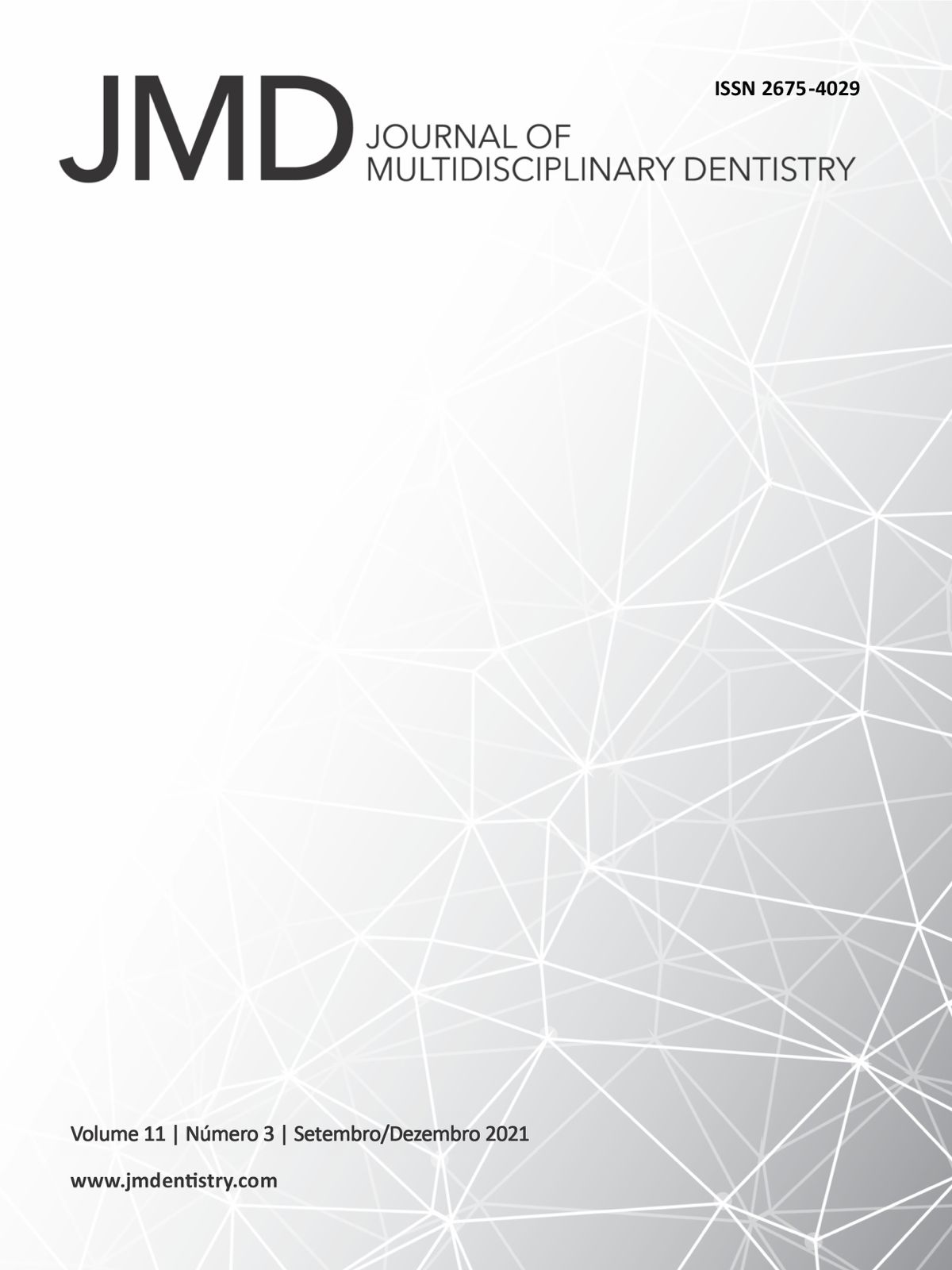The role of orthodontics in triggering or preventing TMD
DOI:
https://doi.org/10.46875/jmd.v11i3.878Keywords:
Temporomandibular joint disorders, Orhodontics, Dental occlusionAbstract
The relationship between Orthodontics and Temporomandibular Disorders (TMD) is one of the most controversial and discussed subjects studied in Dentistry today. In the past, an occlusion was considered as the main etiological factor of TMDs, with orthodontic treatment being a primary therapeutic measure for a physiological restoration of the stomatognathic system. With the establishment of its multifactorial etiology, today, much controversy still exists on the subject. Through a literature review, a proposal for this study was analyzed and to discuss the impact of orthodontic treatment on temporomandibular disorders in relation to clinical results and to assess the incidence of signs and symptoms of temporomandibular dysfunction after this treatment. The articles were selected from the Google Scholar database. As descriptors: occlusion, orthodontics and DTM. Inclusion criteria: full text, period: 2000 to 2019, language: portuguese. By analyzing the articles, it can be concluded that the performance of orthodontic treatment, correctly conducted, continues to play an essential role in dentistry, as they are involved ind several other aspects relevant to the function and aesthetics of the estomatognatic system and that does not predispose the individual to a greater risk for the development of TMD signs and symptoms, and it also cannot be offered as an exclusive treatment option for this pathology.


